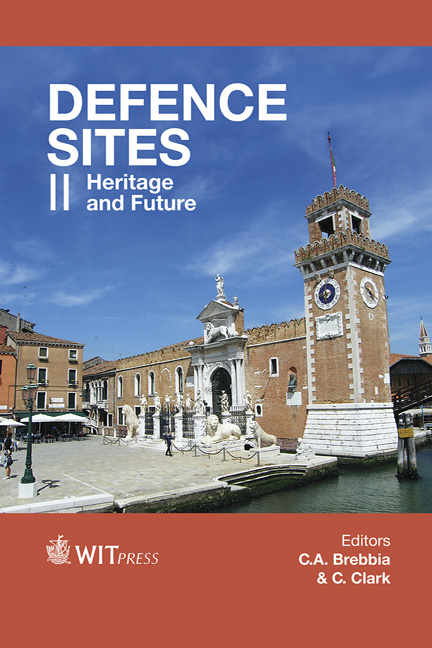Military Buildings: From Being Abandoned To Reuse
Price
Free (open access)
Transaction
Volume
143
Pages
11
Page Range
17 - 27
Published
2014
Size
1200 kb
Paper DOI
10.2495/DSHF140021
Copyright
WIT Press
Author(s)
M. P. Gatti, G. Cacciaguerra
Abstract
Recovery issues and typological and technological issues appear intrinsically connected on both conceptual and operational level and, as far as non-monumental “civilian” historic buildings are concerned, have been the subject of research for some time. However, publications on non-monumental “military” type historical buildings are less frequent. This undoubtedly derives from the understandable reserve surrounding the construction of groups of building and other structures for the armed forces. These nevertheless represent a vast heritage to be re-introduced onto a circuit of “civilian” use, given the reconfiguration of defence models and consequent abandonment of a large number of structures. The military complexes and single buildings constructed from the end of the 19th century are located in both natural settings and the urban fabric, where they now occupy central positions and therefore make an extremely attractive proposition for restoration and re-functionalization. What documentary historical value in terms of typology and construction technique can be attributed to this particular type of military building? What problems and strategies can be studied to re-introduce them correctly onto the circuit of use? We will try and answer these questions by analysing the military structures in the city of Trento, built by first the Hapsburgs, then the Italian governments and now largely abandoned.
Keywords
recycle, military architecture, conservation, restoration





